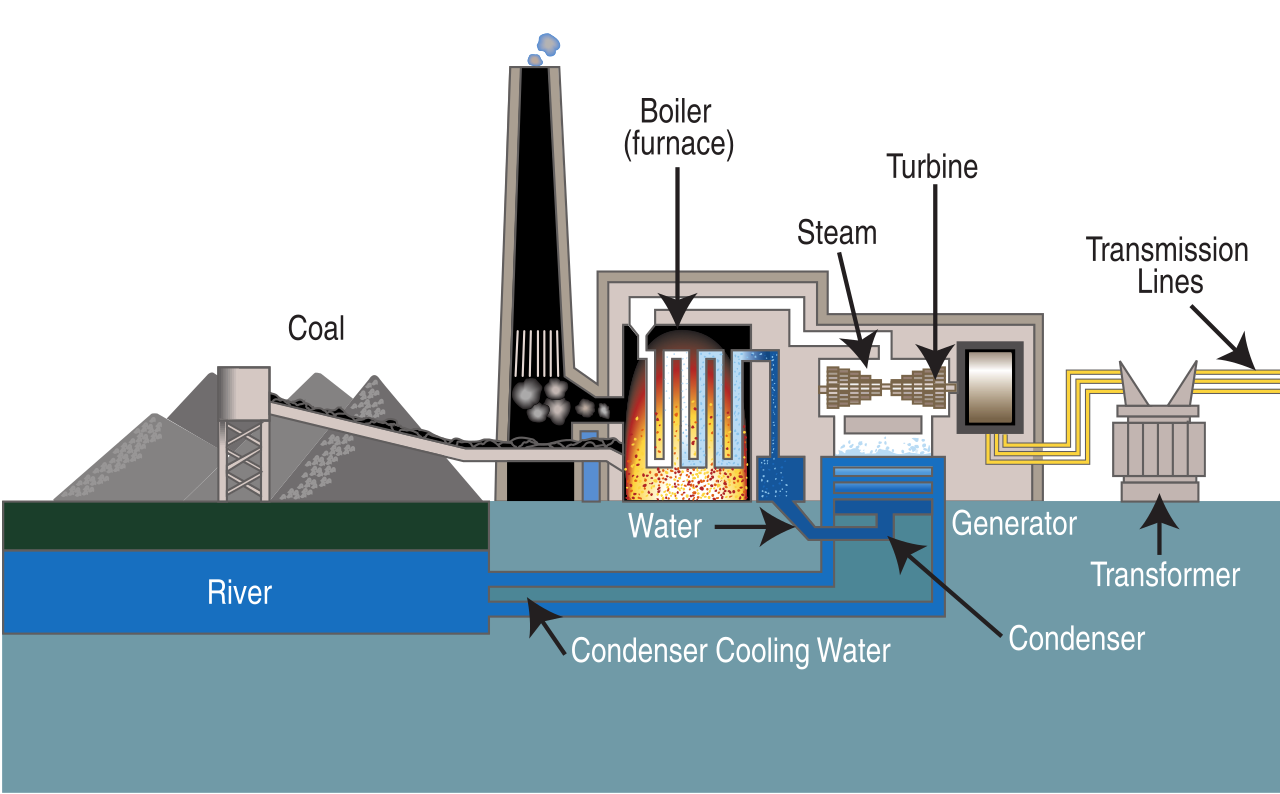- Polio Vaccine
- Intermodal Container
- Integrated Circuit
- Laser
Polio Vaccine
Before the Polio Vaccine, Polio killed, and what’s worse, crippled, many children during the summer (polio season). Jonas Salk invented the Polio vaccine, and it was put into use in 1955. The vaccine was a big deal. It saved many lives. Polio is almost gone now, and only exists in a few countries.
Intermodal Container
If you were going to ship anything over more than one method of transportation, every time you switched, you would have to unpack and repack the goods. Theft was common. Malcolm McLean invented the intermodal container. Intermodal means over many modes of transportation (in this case). The intermodal container can be put onto many types of transportation.



The intermodal container makes it a lot harder to steal, for they don’t get unpacked except at the destination. McLean’s design was standardized, and now intermodal containers are one of the most common methods of long-distance bulk shipping.
Image Credits
- Truck: https://upload.wikimedia.org/wikipedia/commons/thumb/e/e1/Intermodal_Transport_by_Truck.JPG/1280px-Intermodal_Transport_by_Truck.JPG
- Boat: https://upload.wikimedia.org/wikipedia/commons/thumb/a/ad/CMA_CGM_Balzac.jpg/1280px-CMA_CGM_Balzac.jpg
- Train: https://upload.wikimedia.org/wikipedia/commons/thumb/e/e3/Banbury_box_car_2001_1st.png/1280px-Banbury_box_car_2001_1st.png
Integrated Circuit
Vacuum tubes took up too much space in early computers. The integrated circuit was invented in 1959 by two men. The integrated circuit fits million of transistors into tiny chips. Once you have a factory, they are pretty cheap to make. But the factory is expensive. They don’t use much power, unlike the vacuum tube. The became popular fairly quickly in new computers. integrated circuits allowed for better computers and the internet.
Laser
Albert Einstein predicted laser light before it was invented/discovered. Charles Townes worked at Bell Labs, and while there, invented the laser in 1958. Laser light is focused and can be used for laser cutting or information transmission. Laser experimentation became somewhat common among electrical and radio companies. Barcode scanners and digital storage like DVDs became possible.
Bonus Question!
Q- What is some laser tech I would like to see in the future?
A- I would like to see a mosquito fence that uses lasers to target mosquitoes and don’t let any into your house.


